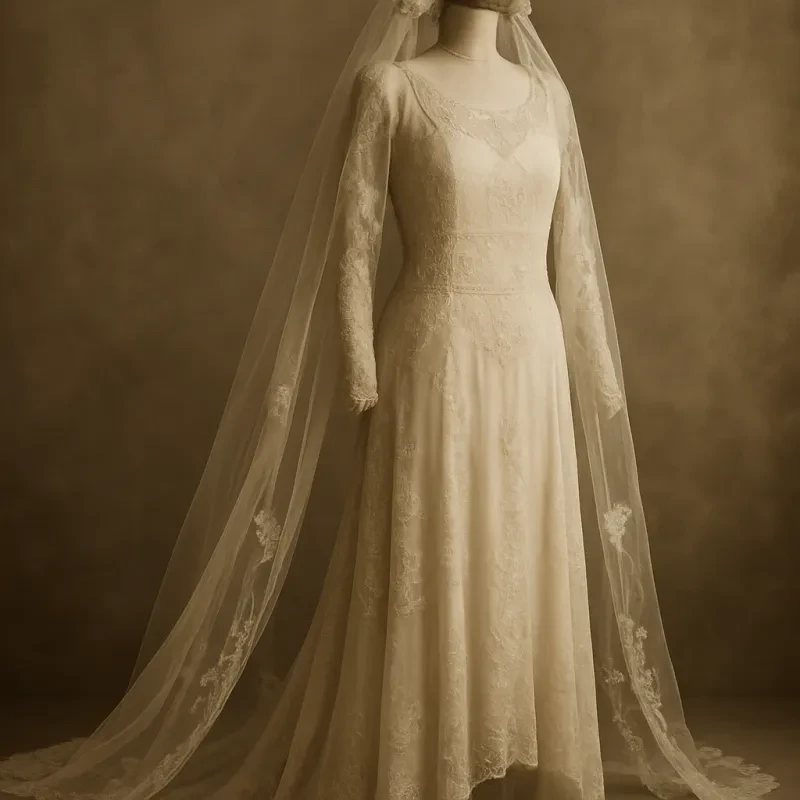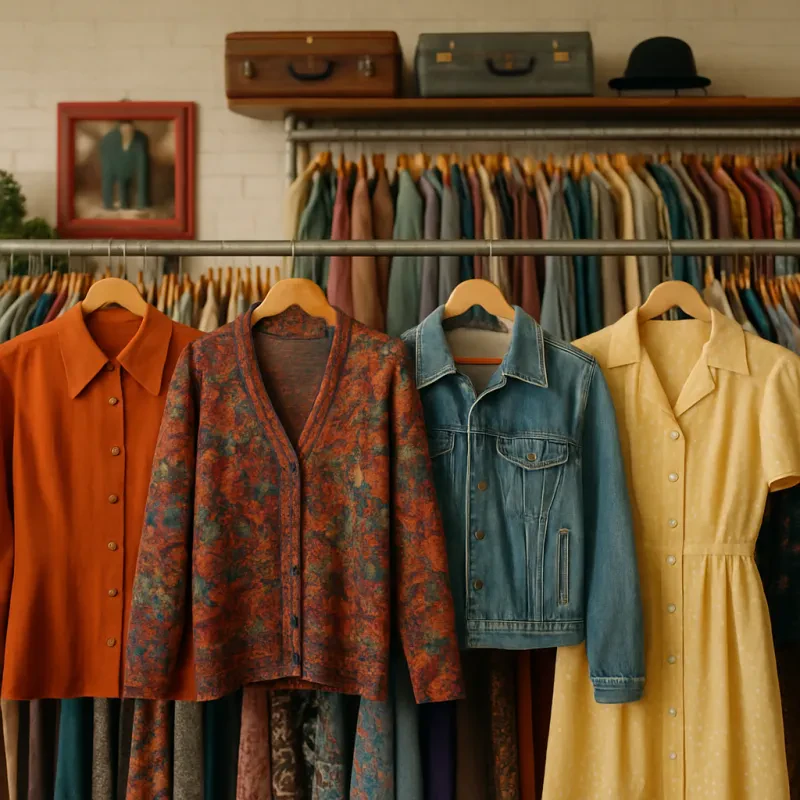Denim has come a long way from its humble beginnings as durable workwear. The history of this fabric can be traced back to the early 19th century in Europe, where it was commonly used by laborers and miners due to its exceptional strength and longevity. The origins of denim can be found in the sturdy cotton twill weaves developed in Nîmes, France, known as "serge de Nîmes" or simply "denim."
It wasn't until later that denim reached America and became an integral part of the Western fashion revolution. In the mid-1800s, during the California Gold Rush, denim jeans gained recognition as the go-to pants for prospectors and cowboys due to their practicality and durability. This marked the beginning of denim's journey from functional workwear to iconic fashion staple.
Over the years, denim has evolved and transcended its utilitarian origins to become a symbol of rebellion, counterculture, and individuality. In the mid-20th century, denim gained prominence within the realm of pop culture, largely due to its association with American rock 'n' roll and youth rebellion. Today, denim is not only found in blue jeans but is also a common material in jackets, skirts, and even high-fashion designers' collections, proving its lasting versatility and adaptability.
Denim's Journey: From Workwear to Everyday Staple
Denim jeans, once regarded as rugged workwear primarily worn by laborers, have evolved over the years to become a timeless staple in nearly everyone's wardrobe. Born out of necessity for durable clothing during the late 19th century, denim jeans have undergone a remarkable transformation, making their mark in both the fashion industry and popular culture. Understanding the journey of denim from humble workwear to a symbol of style is essential to appreciate the rich history and enduring appeal of this versatile fabric.
Denim's path to popularity began in the late 1800s when it was introduced as the go-to fabric for sturdy work pants by Levi Strauss and Jacob Davis. Originally intended for miners and cowboys, denim jeans quickly gained recognition for their durability and functionality. As the industrial revolution progressed, this tough fabric found its way into the hands of workers across various trades, solidifying its status as a symbol of hard work and resilience.
However, it was not until the mid-20th century that denim truly transcended its workwear origins and began its ascent into high fashion. Thanks to fashion-forward icons like James Dean and Marilyn Monroe, denim jeans became associated with rebelliousness, youth, and a casual yet cool attitude. This cultural shift paved the way for denim to cross over into mainstream fashion, attracting designers and fashion houses who recognized its potential as a versatile and stylish material.
Today, denim has become an indispensable part of our daily lives, offering an array of styles, washes, and fits to suit every taste and occasion. From classic bootcut jeans to trendy skinny jeans, denim's evolution from workwear to high fashion staple is a testament to its enduring relevance. As the fashion industry continues to reinvent denim, this versatile fabric will undoubtedly remain an essential component of our wardrobes for generations to come.
A Fashion Rebellion: Denim's Transformation into High Couture
Denim has come a long way from its humble origins as sturdy workwear for miners and cowboys. Today, it has transformed into a symbol of rebellion and a staple in high fashion. The journey of denim from its workwear roots to haute couture is a testament to its versatility and enduring appeal.
The denim revolution began in the 1950s when Hollywood movies started portraying denim-clad rebels like Marlon Brando and James Dean as icons of coolness. This association with rebellion and counterculture quickly caught on, catapulting denim into the mainstream. Soon, it became a symbol of youthful rebellion and nonconformity, embodying the spirit of a generation that sought to break free from social norms.
The transition of denim from workwear to high fashion can also be credited to forward-thinking designers who recognized its potential. In the 1960s and 1970s, designers like Yves Saint Laurent and Vivienne Westwood began incorporating denim into their collections. By combining the roughness of denim with unconventional designs, they transformed it into a fabric suitable for the catwalk. Denim became a canvas for experimentation and creativity, allowing designers to push boundaries and challenge traditional notions of luxury and elegance.
Today, denim has firmly established itself as a cornerstone of haute couture. High-end fashion houses regularly showcase denim creations on the runways, elevating it from workwear to a symbol of luxury and status. Denim is no longer just a pair of jeans; it has evolved into intricate dresses, tailored jackets, and even evening gowns. This transformation has given denim a newfound appreciation and recognition in the fashion industry, proving that even the most humble beginnings can lead to extraordinary heights of success.
Embracing the Vintage Vibes: Rediscovering Denim's Timeless Charm
Denim, a fabric that originated as sturdy workwear, has evolved over the years into a symbol of effortless style and enduring appeal. From its humble beginnings in the late 19th century to becoming a staple in today's fashion industry, denim has captivated generations with its versatility and timeless charm. In recent years, there has been a resurgence of interest in vintage denim, as fashion-conscious individuals are embracing the retro vibes of this enduring fabric.
Vintage denim carries a certain allure that is difficult to replicate with modern styles. Each pair of vintage jeans tells a story, bearing the marks of its previous owner's experiences and adventures. The natural fading, distressing, and unique wear patterns give these vintage pieces a character that cannot be achieved with mass-produced, factory-made denim. The allure lies in the fact that when you wear vintage denim, you are not just wearing a piece of clothing, but also connecting with a rich history and heritage.
Beyond the sentimental aspect, vintage denim also offers unparalleled quality and craftsmanship. In the early years, denim was primarily designed as durable workwear for laborers. This focus on durability translated into superior construction, which is often lacking in today's fast fashion market. By embracing vintage denim, individuals have the opportunity to own a piece of clothing that was built to withstand time, not just a fleeting trend.
The versatility of vintage denim is also worth noting. It effortlessly blends with any wardrobe, serving as a foundation for both casual and dressed-up looks. Whether it's a classic pair of blue jeans or a vintage denim jacket, these timeless pieces can be effortlessly styled to suit any occasion. Vintage denim encourages creativity and personal expression, allowing individuals to showcase their unique fashion sense while honoring the fabric's rich history.


